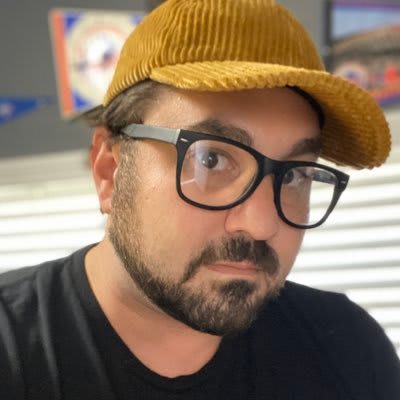Welcome to the future.
We’ve lived in a world where college athletes are permitted to profit from their name, image and likeness for roughly a week, and all the ways in which this situation will shape college athletics is only starting to reveal themselves.
People have signed five-figure deals with moving companies called “college hunks”. Iowa’s Jordan Bohannon did an appearance at a fireworks store and just about everybody seems to be a spokesman for Go Puff. This is just the beginning, however. Nobody really knows exactly where this new path will take us.
Alas, this week in Florida Man, Rivals’ Rob Cassidy attempts to predict the future and says there are three groups of schools that may reap the biggest NIL rewards in the long term.
*****
PLAYER UPDATES: Christian Reeves | Darren Buchanan
2021 Rankings: Rivals150 | Team | Position
2022 Rankings: Rivals150 | Team | Position
2023 Rankings: Top 30
*****
TEAMS THAT ARE THE ONLY SHOW IN TOWN
Examples: Nebraska, Missouri, Virginia Tech, Dayton
Nobody needs a refresher course when it comes to how places like Dayton and Nebraska feel about their teams. The fan support is something a lot of teams based in or near major cities can’t replicate. The proof of this is everywhere. Stories people like me write about Nebraska athletics click as well as the ones written about teams that have been much more successful from a wins and losses standpoint in recent years. College ball is the only show in town and fans in said regions care … a lot.
Always will. The trends Rivals has long seen when it comes to clicks will almost certainly translate to advertising dollars. Hyper-focused fans means a more captive audience for brands looking to see their product through college athletes. These are also the schools that could see their stars do a hefty sum of business through merchandise sales. Most Missouri fans don’t have strong ties to an NBA team, so why not rep your favorite Tiger?
*****
THE BLUEBLOODS
Examples: Kentucky, North Carolina, Kansas, Duke
Why it benefits them: The headline on this is pretty obvious. The sport’s strongest brands are capable of elevating prospects in the public eye. The spotlight doesn’t get much brighter than it is in Lexington and Chapel Hill. Also, It’s fair to wonder if the deals Zion Williamson could have made at Duke would rival the money top prospects are currently being offered by the G League and Overtime Elite. If so, the pro route may not hold the pronounced recruiting advantage it held just a few weeks ago.
The other thing to consider is the value in advertisers doing team-wide deals such as the one Miami Football was just offered.
*****
TEAMS WITH TRULY NATIONAL BRANDS
Examples: Texas, Miami, Louisville, USC, Notre Dame, Michigan
You don’t need an advertising degree to know brands are looking to reach as many potential customers as possible, and what more efficient way to reach a million Notre Dame fans from coast to coast than by having the star player hawk your product online or during a nationally televised game?
The biggest question in recruiting going forward is going to be “How much did the guy playing my position for you last year earn?” And places like Texas and Notre Dame are the kinds of places that will likely be equipped with pleasing answers to it down the road.
The NCAA does not currently have rules that prohibit boosters from hiring athletes as spokespeople or employees. Some schools have such guidelines in place, but it seems like the framework for such a thing may continue to shift as programs navigate the landscape. Whatever the case, however, this is a world where loopholes are prevalent and exploiting them may be a priority for a bit. Massive brands come with massive booster networks, and few groups of people are as well-versed in exploiting loopholes.
